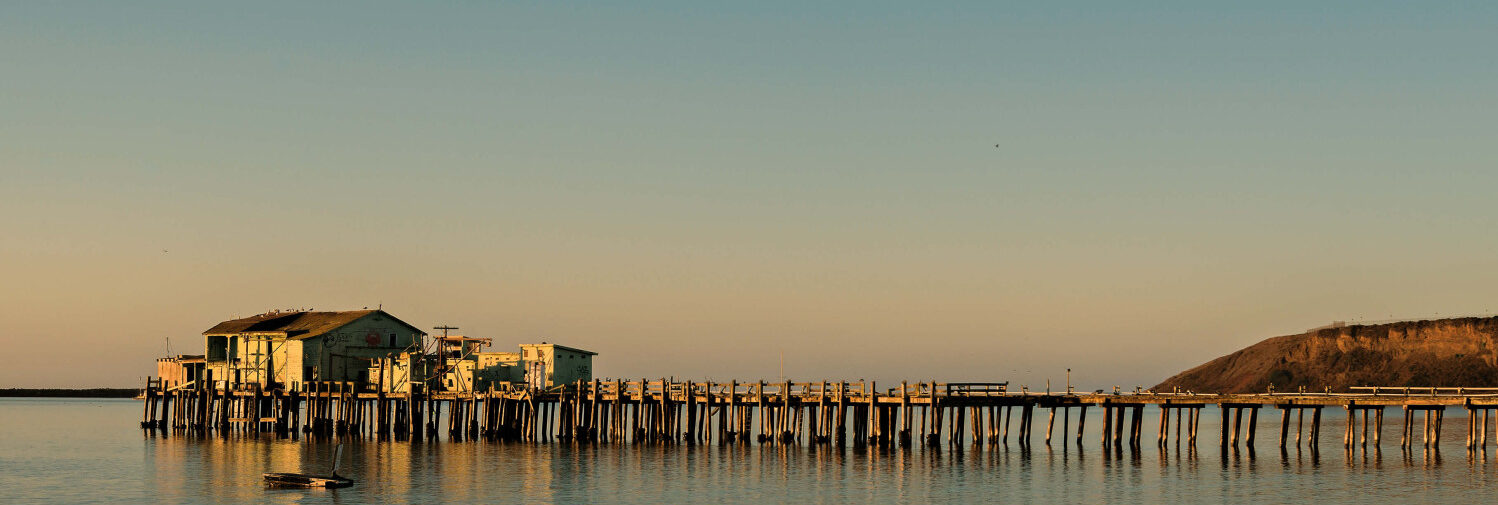
Spring in Roma
The Maritozzo – A husband’s gift to his wife
There is nothing better when in Rome than to have your morning cappuccino with a maritozzo at a café sitting within view of the famous Trevi Fountain. Life can be that good.

A brioche bun jammed in the center with luxurious cream, this palm-sized modern adaptation of Rome’s culinary invention can be found in bakeries throughout the city. Its ancestor was more utilitarian, minus the cream and sweetened with honey and dried fruit, providing needed calories for the common worker. During the Middle Ages, the bread was made with oil, raisins, pine nuts and candied oranges, and was the only sweet allowed to be eaten during Lent.
The word maritozzo, plural, maritozzi, is a twist on the word marito, meaning husband. Traditionally, husbands, and eventually boyfriends, would bequeath their wives or brides-to-be with this treat as a declaration of their love. A ring could often be hidden inside.
Maritozzi today are made with butter, eggs, sugar and flour, a standard brioche recipe. What makes this dessert so decadent is the stuffing of cream in the middle. And, if you make it yourself, you can enjoy it any time during the day, or offer it to your loved one to share.
Buon appetito!
*****************************
Try our Sicilian Orange Almond Cake:

*******************************


*************
Ubi panis ibi patria… Where there is bread, there is my home.
Or, consider the history of our grand dame, the Cheesecake.
****************************************************************************
The Coffee Table Book on The Coastside:
“…a beautiful compilation and the confections look delicious!”
The Former First Lady, Laura Bush
This 288-page, full color, 5.5 pound, 11.5″wx10.75″hx1.13″d, hardcover coffee table book was printed in Verona, Italy on 170gsm Gardamatt paper, each image spot varnished for vibrance, crowned by vivid Matte Laminated cover and silk-screen spot-lettering on the Jacket and Spine of the book, and finally bound in none other than Padua, Italy, the center of book-making!
For those who love the Art of Print, they will appreciate the high quality of this beautiful photographic landscape and dessert document of our Pacific Northern Coastside.

****************************************************************************
Enjoy our trip to Verona, Italy, where our book was made.

****************
Life in images
****************
Watch our Youtube Book Preview video
****************
Having spent hours taking photographs amidst empty beaches, beneath towering Cypresses, and overlooking endless bluffs, I am reminded by that insightful Shakespeare, who wrote, “Life’s but a walking shadow; a poor player that struts and frets his hour upon the stage, and then is heard no more.”
PHC, Moss Beach Productions
























If you have any comments or wish to contact us, please kindly fill in the form below:





















































